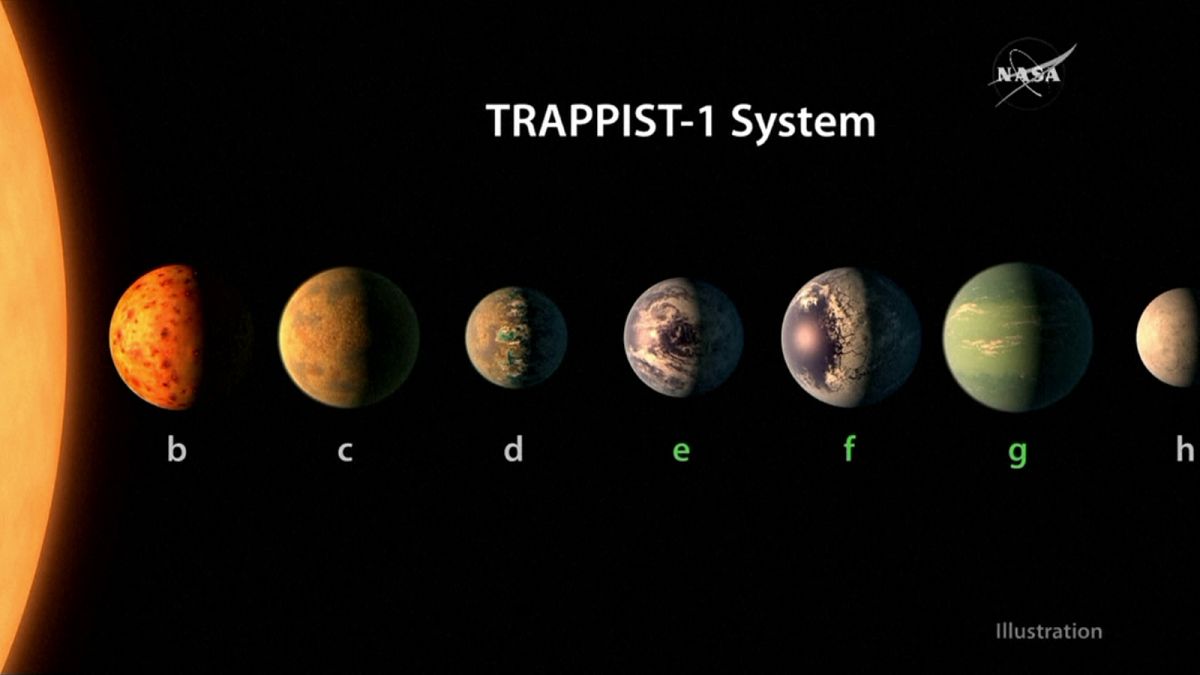Second Earth when and not if says NASA
The discovery of seven Earth sized exoplanets found orbiting the dwarf star named Trappist-1 has sent a wave of excitement rippling through the world of astronomy and astrophysics.
It is the first time such a number of exoplanets have been discovered and it leads scientists to the conclusion that the Milky Way may well be full of worlds that resemble planet Earth.
These seven Earth-sized exoplanets have everyone freaking out over alien life https://t.co/x9CIP8ijCWpic.twitter.com/L8XLZfaddV
— Gizmodo (@Gizmodo) February 22, 2017
Thomas Zurbuchen is from the science mission directorate at NASA:“These planets are among the best all the planets we know to follow up, to see, for example, with the James Webb Space Telescope that we’re going to launch next year, to examine the atmospheres and also to look at bio signatures, if there are any. The discovery gives us a hint that finding a second earth is not just a matter of if but when.”
These 7 rocky planets hug their star as close as Europa orbits Jupiter. One or two might support life: https://t.co/2TR3iDv2zz
— Maddie Stone (@themadstone) February 22, 2017
The initial discovery was made by the
Trappist Telescope in Chile in 2016, six of the planets are in the ‘temperate zone’ with temperature between 0 and 100 degree Celsius.
System is named for “The Transiting Planets & Planetesimals Small Telescope” (TRAPPIST) in Chile that found that this star had planets. pic.twitter.com/ucUyH0MC0v
— Marian Rudnyk™© (@MarianRudnyk) February 23, 2017
Scientists believe that all seven have the potential to support liquid water depending on the other characteristics of the surface. However only three are in the ‘habitable zone’ where life is considered possible.
Euronews’ science correspondent Jeremy Wilks takes up the story: “This discovery shows how the field of exoplanet astronomy is booming. This particular story is making the news because the seven planets are in some ways similar to Earth, but actually every week scientists are detecting new exoplanets orbiting around other stars in our galaxy, and they believe there are likely to be billions of them across the Milky Way. It’s fun to dream about what it would be like on one of these planets, looking up at a pink Sun with other planets in the sky, but we shouldn’t jump to conclusions about alien life – just because we say these planets are habitable, doesn’t means they actually are! Earth, Venus and Mars are all in the ‘habitable zone’ around our Sun, but for the moment we haven’t found life on Mars or Venus.”
Scientists said they need to study the atmospheres before determining whether these heavenly bodies could support life forms.
